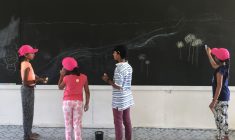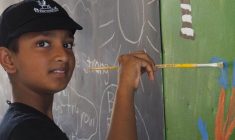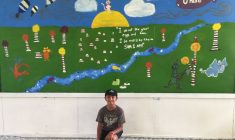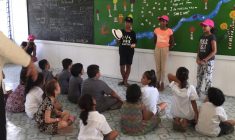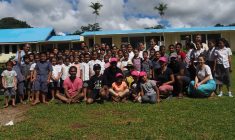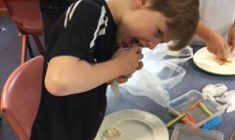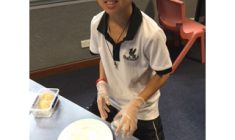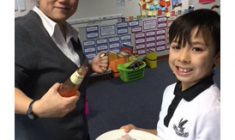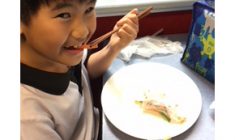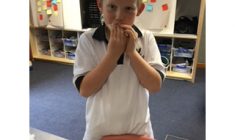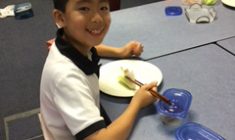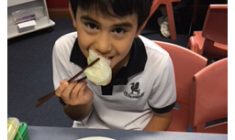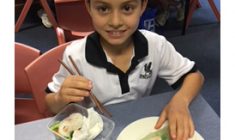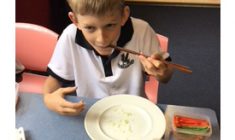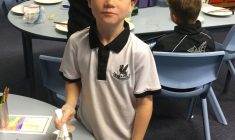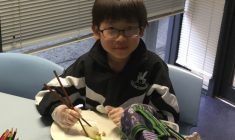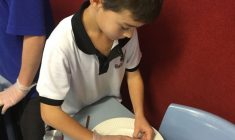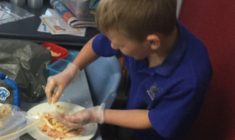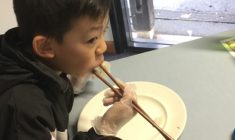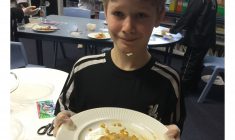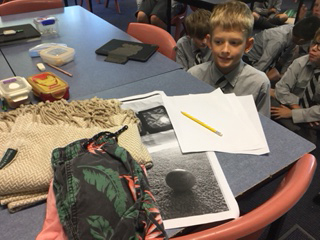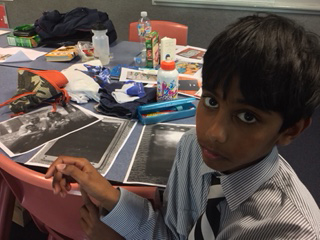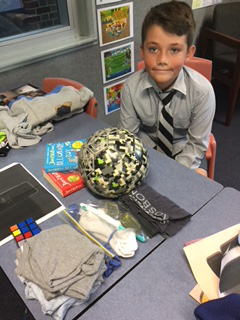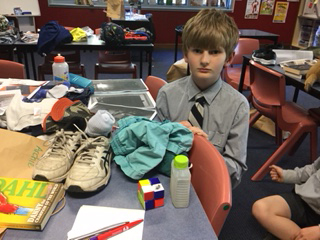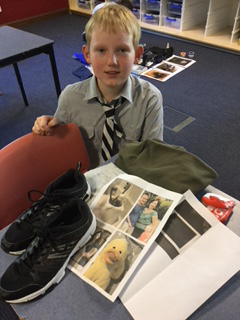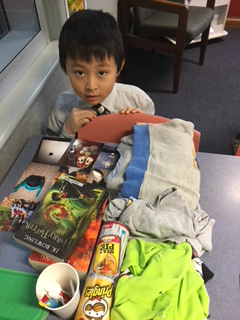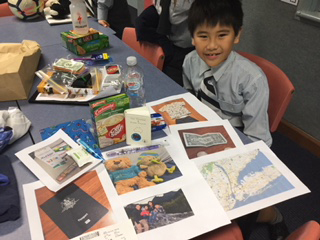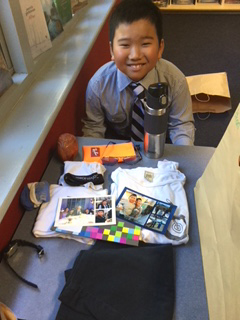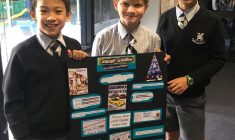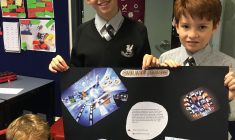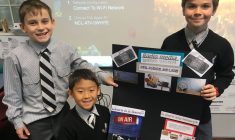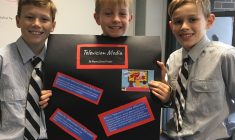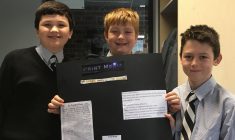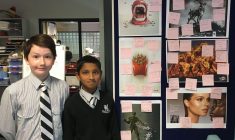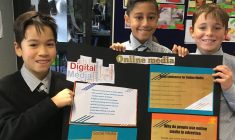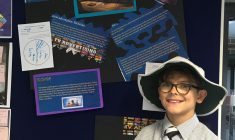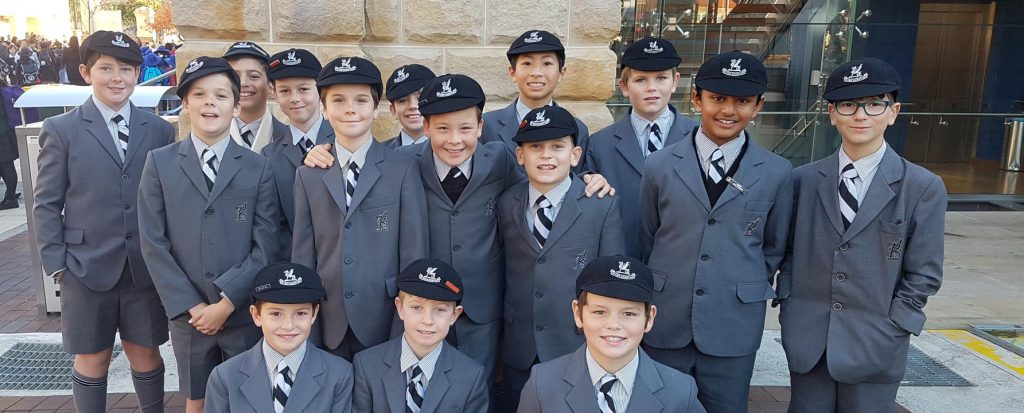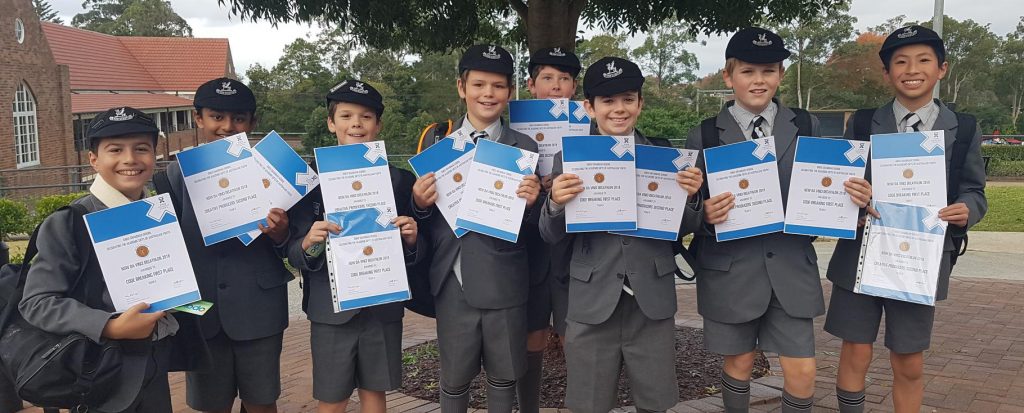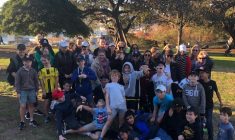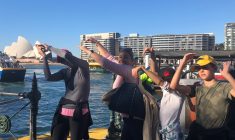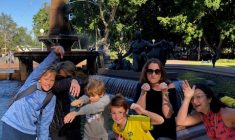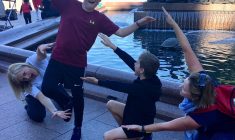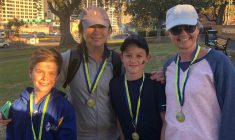A Message from the Head of Lindfield
What is wellness?
Last Friday and Saturday I attended a conference about wellness for young people in Orange. I was interested to get an understanding about why there is a such a focus and need for wellness which was not present 20 years ago? What is the research that indicates certain wellness strategies are effective for young people and what is the role of schools in this area.
Wellness is an active process of becoming aware of and making choices toward a healthy and fulfilling life. Wellness is different from the traditional idea of health, which is the absence of illness. It is a process of change and growth.
“…a state of complete physical, mental, and social well-being, and not merely the absence of disease or infirmity.”
The World Health Organization
Why is wellness important now?
The presenter talked about the reasons that wellness for young people has come into focus for families and schools. There were some fairly challenging statistics. Youth suicide is the leading cause of death in Australians 15-24[1]. Mental health issues account for over 50% of ill-health statistics in the 15-25 year age bracket[2]. The Mission Australia Youth survey in 2017 indicated that stress was the number one personal concern for young people[3].
All these pieces of data indicate that the way society has evolved and continues to evolve may make life more convenient, connected and commodified but it is not having a very positive on many young people’s lives. We may be collectively wealthier than any previous generation and have more material things but actually we may, as a society, not be very happy.
What are the factors that research has shown to improve wellbeing?
Rusk and Waters[4] looked at the psychological interventions that were most effective for increasing people’s wellbeing. The meta-analysis of all the research studies in positive psychology over the last 15 years identified six domains that are key to our wellbeing.
Strengths Focus- A strength is a positive quality or talent that we choose to use, we are good at and is energising. Traditionally we thought strengths were attributes or skills we were good at. This is not enough. Many of you were ‘good’ at music when you were younger but if you did not practice or do it willingly then it is not considered a strength. We want our boys to identify their character strengths, improve them, and practice them because they enjoy them. Teaching about strengths is important in wellbeing. All strengths have positive and negative connotations. An example would be with the attribute of bravery. Bravery is a positive attribute but too much is foolishness and too little is cowardice. (Read more about Strength Parenting below)
https://www.leawaters.com/uploads/3/1/2/9/31290637/child_magaine_article_oct_2016.pdf
Emotion Management – At Lindfield we work on this domain through our 2nd step program. We help boys identify their emotions and give them ways to regulate their actions in different situations. We do not just focus on positive emotions. Feeling a range of emotions is normal but it is what we do with those emotions that is either positive or otherwise. Some people think that anger is negative and want their children to never get angry. Anger is a helpful emotion, it tells us something has changed in our environment. It motivates us to address the issue. Extreme anger though is unhelpful and what people do with that anger can be harmful. It is also not helpful to expect our boys to be happy or jolly all the time. Optimism is not always helpful. Over optimistic thinking leads to foolishness and poor judgement, think about this attribute in the context of people who gamble.
Attention and Awareness – teaching our boys to pay attention and stay in the present. To be able to focus on what is happening right now is very challenging in our connected world. This may be the reason for the rise of mindfulness. Technology and the pace of life for our boys means they are often not attending to what is happening in front of them. Practicing attention and awareness is excellent for learning and academic achievement as they listen and concentrate better during learning time.
Coping strategies – how to deal with failure. How boys frame experiences influences their resilience. People often talk about themselves as glass half full or half empty. We work with our boys on Growth Mindset, seeing mistakes and challenges as opportunities to learn and build new skills. When a boy is faced with stressful or difficult situations (not doing well on assessments, not making the sports team they wanted, disagreements with peers). It can be interpreted as I am not good enough or it can be seen as a challenge to make them think/work harder/change something/learn something new. The way a person frames the situation has very different outcomes on their wellbeing.
Habits and Goals – Healthy habits in relation to food, sleep and exercise are important for all of our wellbeing. It was interesting that the presenter said that with any effective school wellness program, you needed to start with the teachers. If we are thinking about your sons and their wellbeing, then it was make sense that you would need to focus on your own wellness as a parent as well. I find it hard to ensure my children eat well when I am reaching for the chocolate.
Newington parents often dedicate every non-working moment to their boys. A message from the workshop last week was that parents also need to dedicate time to their own nutrition, exercise and wellbeing. This will enable parents to be good role models to their boys. If you model healthy habits then you will be helping your boys see the value in looking after their own wellbeing (not traditionally seen as a manly thing to do), which will help you and your boys cope with life stressors now and in the future.
Setting goals is also very important. The process helps boys think about what they value, what they want to achieve and how they are going to make it happen. It also give boys the understanding about the control they have on their own lives. Setting goals, creating plans to reach them and then celebrating and reflecting on these goals is very important.
Apart from all the reasons mentioned above, why should schools teach in wellness?
For the personal outcomes of high life satisfaction, self-esteem, self-acceptance and an optimistic view of the world. There is also an academic pay off for schools. Studies have indicated that schools that have wellbeing programs have performed 11% higher on standardised achievement tests. In Australia, research found that schools which had wellbeing programs were about 6 months ahead of schools that did not have these programs on NAPLAN results. Instead of taking away from achievement in traditional learning domains, wellness programs enhance student learning[5].
At Lindfield, we are looking at how we teach the components of wellbeing through our existing programs and review our areas of foci based on research. The reality is that wellness programs in schools are only as successful as what is in place at home. Our boys will model what is modelled for them.
If you are present and attentive when you are with your boys, if you model positive emotion management and you constantly highlight the strengths your boys possess then they will start to do the same. We want our boys to build wellness as a protective factor against the inevitable stresses and twists and turns that life will present.
[1] https://www.youthbeyondblue.com/footer/stats-and-facts
[2]http://www.abs.gov.au/ausstats/abs@.nsf/Latestproducts/4326.0Media%20Release12007?opendocument&tabname=Summary&prodno=4326.0&issue=2007&num=&view=
[3] https://www.missionaustralia.com.au/publications/research/young-people
[4] Reuben D. Rusk & Lea E. Waters (2013) Tracing the size, reach, impact, and breadth of positive psychology, The Journal of Positive Psychology, 8:3, 207-221, DOI: 10.1080/17439760.2013.777766
[5] https://www.kidsmatter.edu.au/printpdf/820
Benjamin Barrington-Higgs






